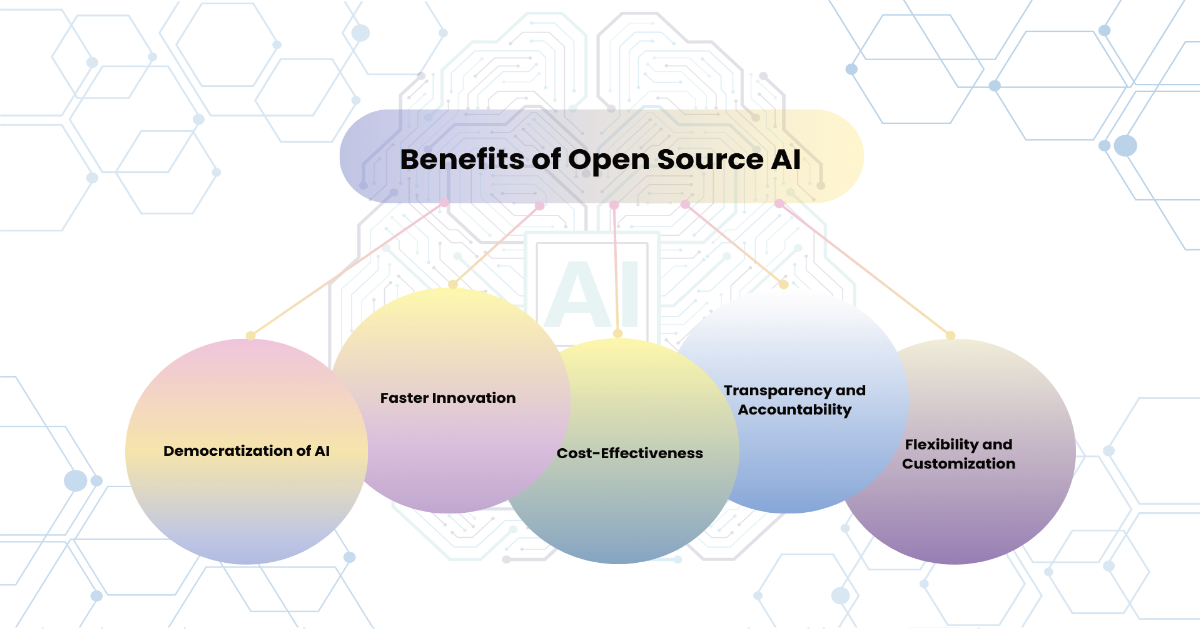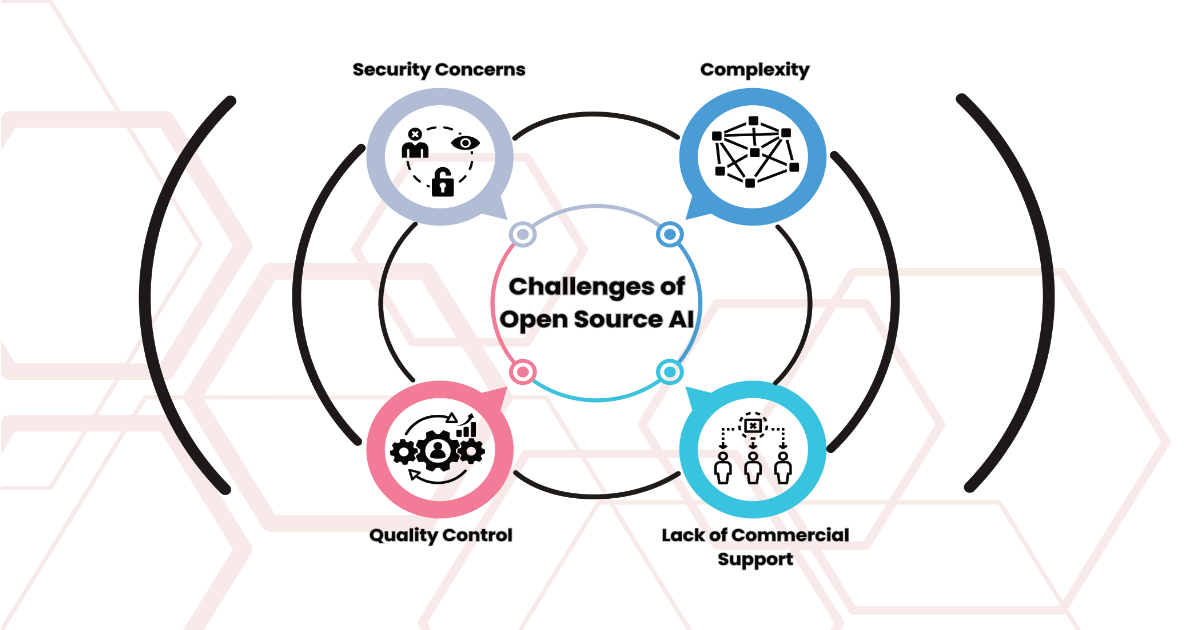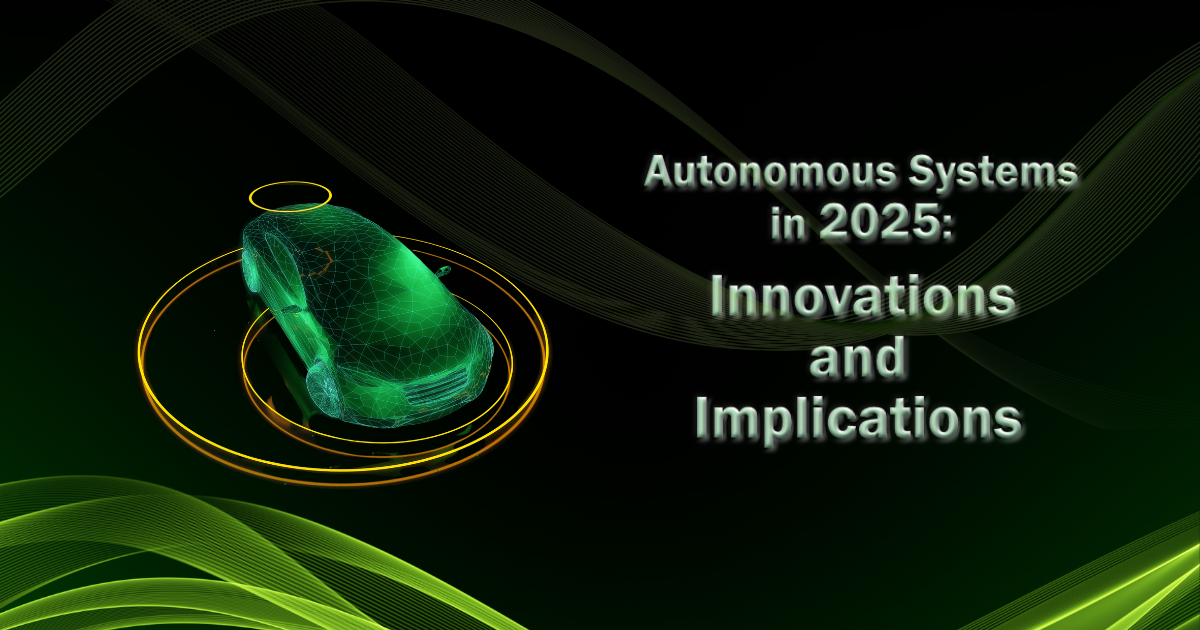
Artificial intelligence (AI) has quickly become one of the most transformative technologies of the 21st century, impacting everything from healthcare and education to business and entertainment. However, while many AI advancements have come from proprietary technologies developed by tech giants like Google, Microsoft, and OpenAI, the open-source AI movement is gaining traction as a major force in driving innovation and collaboration. Open source AI refers to AI technologies that are developed in a collaborative manner, with the code made publicly available for anyone to use, modify, and contribute to.
In this article, we will explore the key concepts, benefits, challenges, and potential future of open-source AI. From its origins to its current state, we’ll examine how open-source AI is shaping the landscape of artificial intelligence and driving global collaboration. By the end of this article, you’ll have a comprehensive understanding of why open-source AI is critical to the future of innovation.
Understanding Open Source AI
Open-source AI refers to artificial intelligence systems where the source code is made available to the public. Anyone can access the code, modify it, and share their changes. Unlike proprietary AI models, which are restricted to the company or organization that developed them, open-source AI thrives on transparency and collaborative development.
What Makes AI Open Source?
For AI to be truly considered open source, several key characteristics must be present:
- Free Access to Source Code: The code used to build the AI model or framework must be freely available for everyone to inspect, modify, and distribute.
- Collaborative Development: Developers and researchers from around the world should be able to contribute to the development of the AI system, offering improvements, bug fixes, and new features.
- Transparent Decision-Making: Development decisions are made transparently, often through community discussions, ensuring that no one entity has complete control over the direction of the project.
Some of the most popular open-source AI projects include TensorFlow, PyTorch, and OpenAI’s GPT models, each of which has helped democratize access to advanced AI technologies.
The Evolution of Open Source AI
The concept of open source software is not new, and its roots can be traced back to the early days of computing. In the AI space, open source began to gain popularity in the mid-2000s when deep learning frameworks like TensorFlow and PyTorch were released by tech giants Google and Facebook, respectively.
These frameworks, which were made freely available, revolutionized the field of machine learning and artificial intelligence. Researchers, students, and developers suddenly had access to powerful tools that allowed them to build complex AI models without having to start from scratch. Open-source projects quickly became a hub for innovation, with new algorithms, architectures, and approaches being shared and improved upon by a global community.
Key Milestones in Open Source AI
- TensorFlow (2015): Google’s TensorFlow is one of the most widely used open-source libraries for machine learning and AI. Its release marked a turning point in the democratization of AI, allowing developers to easily create and deploy machine learning models.
- PyTorch (2016): Released by Facebook (now Meta), PyTorch is another deep learning framework that quickly gained popularity, especially in academic and research communities. Its intuitive design and flexibility made it a favorite for experimentation and model development.
- OpenAI’s GPT Models: OpenAI’s commitment to open source has been a significant driver of innovation in the AI space. The release of GPT models, particularly GPT-2, was a major event in the history of open-source AI. By making their models available to the public, OpenAI has allowed others to build on their work and further advance the field of natural language processing (NLP).
The Role of Community in Open Source AI
One of the defining features of open-source AI is its community-driven nature. Developers from around the world contribute to these projects, whether by writing code, reporting bugs, or improving documentation. This global collaboration has allowed open-source AI to evolve rapidly, as new ideas and approaches are continuously tested and refined.

Benefits of Open Source AI
Open-source AI brings a host of benefits to the broader AI community, as well as to businesses, developers, and researchers. These advantages contribute to the rapid innovation and widespread adoption of AI technologies.
a. Democratization of AI
The most significant benefit of open-source AI is its ability to democratize access to cutting-edge technology. In the past, AI development was often limited to large organizations with vast resources. Today, thanks to open-source frameworks like TensorFlow and PyTorch, anyone with a computer and an internet connection can experiment with AI, regardless of their financial or technical resources.
This democratization is particularly important for students and researchers in developing countries, who may not have access to the same resources as their counterparts in wealthier nations. Open-source AI allows them to learn, experiment, and contribute to the field, leveling the playing field and fostering innovation from all corners of the globe.
b. Faster Innovation
Open-source AI encourages collaboration and knowledge sharing, leading to faster innovation. When developers share their work with the community, others can build on it, improve it, and solve problems more quickly than if they were working in isolation.
For example, when a new AI algorithm is developed, it can be shared with the community, where other developers may find ways to optimize it, apply it to different domains, or integrate it with existing technologies. This collaborative approach accelerates the pace of innovation and helps AI evolve more rapidly than it would under proprietary development models.
c. Cost-Effectiveness
Building AI systems from scratch is an expensive and time-consuming process. Open-source AI allows businesses and developers to leverage existing tools and frameworks, significantly reducing the cost of developing AI applications. Instead of investing in proprietary software or creating custom solutions, organizations can use open-source technologies to build their AI systems.
This cost-effectiveness is especially important for small businesses and startups, which may not have the financial resources to invest in proprietary AI technologies. By using open-source AI, they can remain competitive and innovative without breaking the bank.
d. Transparency and Accountability
Open-source AI fosters transparency and accountability, which are essential for building trust in AI systems. When the source code is publicly available, it can be scrutinized by the community, ensuring that the AI system is fair, unbiased, and free from hidden agendas.
In contrast, proprietary AI systems are often seen as “black boxes,” where the inner workings of the algorithms are hidden from view. This lack of transparency can lead to concerns about bias, privacy, and fairness. Open-source AI helps address these concerns by allowing developers and users to understand exactly how the AI system works and make improvements if necessary.
e. Flexibility and Customization
Open-source AI offers a high degree of flexibility and customization. Developers can modify the source code to suit their specific needs, tailoring the AI system to meet the requirements of their project or organization. This level of customization is often not possible with proprietary AI technologies, which may be rigid and difficult to adapt.
For example, a company developing a specialized AI application for healthcare may need to modify an open-source AI framework to meet the unique demands of the industry, such as ensuring compliance with healthcare regulations or optimizing the AI model for specific medical data.

Challenges of Open Source AI
While open-source AI offers numerous benefits, it also presents several challenges. Understanding these challenges is important for businesses, developers, and researchers who are considering adopting open-source AI technologies.
1. Security Concerns
One of the primary challenges of open-source AI is security. Because the source code is publicly available, it can be a target for malicious actors who may attempt to exploit vulnerabilities or introduce harmful code. Additionally, because open-source projects rely on community contributions, there is always the risk that unvetted code could introduce security vulnerabilities.
To mitigate these risks, open-source AI projects need to implement robust security practices, such as code reviews, testing, and vulnerability scanning. Additionally, organizations using open-source AI should be vigilant about monitoring for potential security threats and applying patches as needed.
2. Quality Control
Open-source AI projects rely on community contributions, which can vary in quality. While many contributors are experienced developers and researchers, others may lack the expertise needed to produce high-quality code. As a result, the quality of open-source AI code can be inconsistent, which may lead to performance issues or bugs.
To address this challenge, open-source AI projects often have maintainers or core teams responsible for reviewing contributions, ensuring that only high-quality code is merged into the project. Additionally, users of open-source AI technologies should thoroughly test any code they incorporate into their systems to ensure it meets their quality standards.
3. Complexity
AI development is inherently complex, and open-source AI projects are no exception. While frameworks like TensorFlow and PyTorch have made it easier to build AI models, they still require a deep understanding of machine learning principles and programming skills. For beginners, the learning curve can be steep, and the complexity of the tools may be overwhelming.
To overcome this challenge, many open-source AI projects offer extensive documentation, tutorials, and community support to help new users get started. Additionally, the open-source AI community is known for being welcoming and supportive, with experienced developers often willing to help newcomers.
4. Lack of Commercial Support
One of the drawbacks of open-source AI is the lack of formal commercial support. While proprietary AI technologies often come with customer support, training, and consulting services, open-source AI projects typically rely on community support. This can be a challenge for organizations that need professional support for critical AI applications.
However, some companies and organizations offer commercial support services for popular open-source AI frameworks. For example, companies like IBM and AWS provide managed services and support for TensorFlow and PyTorch, allowing businesses to benefit from the flexibility of open-source AI while still receiving professional support.
The Future of Open Source AI
The future of open-source AI is bright, with many exciting developments on the horizon. As AI technologies continue to evolve, open-source AI will likely play an increasingly important role in shaping the future of the field.
a. AI Ethics and Open Source
As AI becomes more integrated into everyday life, ethical concerns around bias, privacy, and fairness have come to the forefront. Open-source AI can play a crucial role in addressing these concerns by promoting transparency and accountability in AI development.
For example, by making AI models and algorithms open source, developers can ensure that their systems are free from hidden biases and are designed to respect user privacy. Additionally, open-source AI allows for greater collaboration on ethical AI guidelines and standards, helping to create AI systems that are fair, inclusive, and beneficial to all.
b. Collaboration Across Industries
Open-source AI is uniquely positioned to foster collaboration across industries. As more businesses, research institutions, and governments adopt open-source AI technologies, we can expect to see greater cross-industry collaboration on AI projects.
For example, healthcare organizations, technology companies, and academic researchers could work together on open-source AI projects aimed at improving medical diagnostics, personalized treatment plans, or drug discovery. This collaborative approach has the potential to accelerate breakthroughs and create AI systems that benefit society as a whole.
c. AI for Social Good
Open-source AI is also well-suited for addressing global challenges, such as climate change, poverty, and healthcare access. By making AI tools and technologies freely available, open-source AI enables researchers and organizations to develop solutions that address these pressing issues.
For instance, AI models could be used to predict climate patterns, optimize renewable energy usage, or improve agricultural practices in developing countries. Open-source AI projects focused on social good can leverage the collective expertise of the global community to tackle complex problems and create positive change.
d. The Rise of AI Governance
As open-source AI continues to grow, so too will the need for AI governance. Governments, regulatory bodies, and industry leaders are increasingly recognizing the importance of establishing guidelines and standards for AI development and use.
Open-source AI projects will likely play a key role in shaping these governance frameworks. By fostering collaboration and transparency, open-source AI can help ensure that AI technologies are developed in a responsible and ethical manner. Additionally, open-source AI allows for the creation of tools and frameworks that promote fairness, accountability, and inclusivity in AI systems.
Conclusion
Open-source AI is transforming the field of artificial intelligence by making advanced technologies accessible to everyone. Through collaboration, transparency, and community-driven development, open-source AI is driving innovation and enabling researchers, businesses, and developers to create cutting-edge AI applications.
While there are challenges associated with open-source AI, such as security concerns and the complexity of the tools, the benefits far outweigh the drawbacks. By democratizing access to AI technologies, open-source AI is fostering a more inclusive and innovative AI ecosystem.
As we look to the future, open-source AI will continue to play a pivotal role in shaping the development of artificial intelligence. From promoting ethical AI to fostering collaboration across industries, open-source AI is paving the way for a more transparent, accountable, and socially beneficial AI future.



